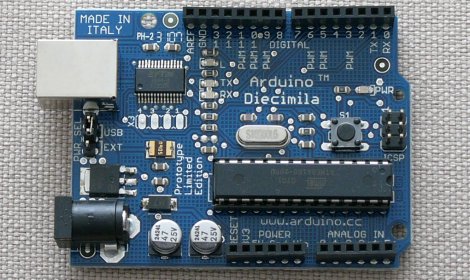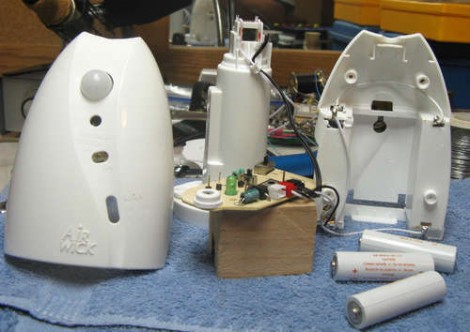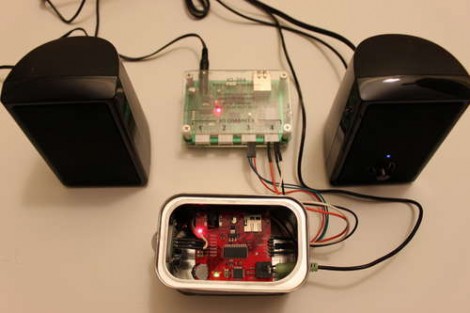[Doug Paradis] took a good look inside the Air Wick Freshmatic Compact i-Motion and then stole all the parts for other projects. We’ve looked at adding a manual spray button or making air fresheners Internet enabled before. Those models didn’t have parts that were all that interesting, but this one has a passive infrared motion sensor. You’ll also gain three switches, a PNP transistor, and an LED.
Price seems to be all over the map for this model, but [Doug] says you can find it for $8 or less. After showing how to make a tool to bypass the triangular security screws, he explains how to access the PIR sensor. But if you want to be all you can be with the hardware, he details the modifications needed to patch into the analog and digital circuitry on the rest of the board too.


















